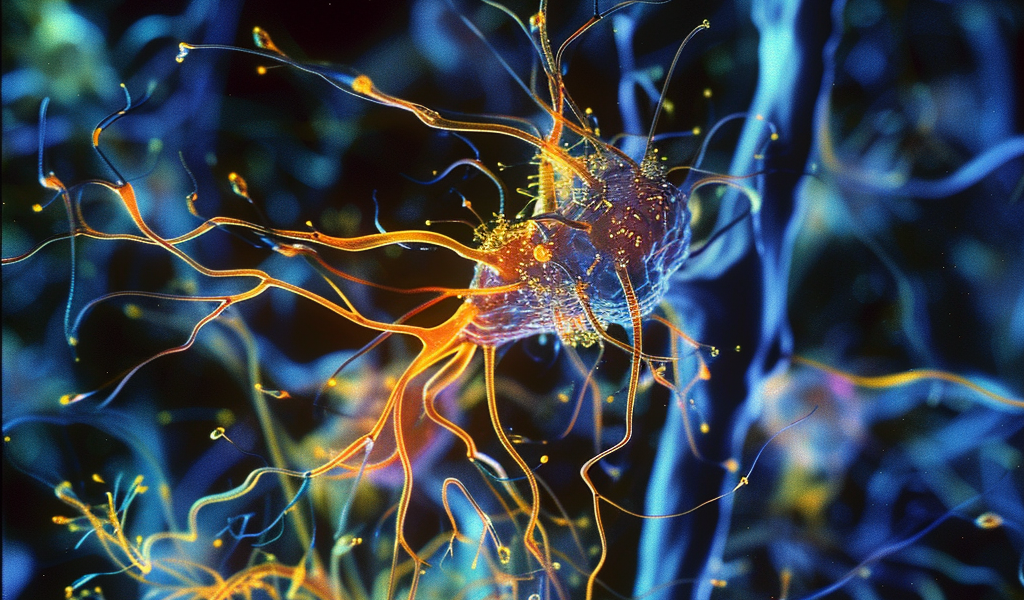Researchers from Osaka University have made a fascinating discovery regarding the brain activity behind mind wandering. They found that when individuals engage in mind wandering, particularly with less pleasurable and more vivid self-generated thoughts, a specific pattern of brain activity associated with memory and sleep is triggered.
This ability to think about things that are not currently happening, such as daydreaming, is a unique aspect of human cognition. However, the exact mechanisms by which the brain enables this process have remained elusive until now.
The research, recently published in Nature Communications, sheds light on the concept of ‘self-generated’ brain states. These states occur when the brain is actively creating information rather than passively receiving it. The identified pattern of brain activity, known as ‘sharp-wave ripples,’ originates in the hippocampus, a crucial region for memory formation and retrieval.
To investigate the relationship between sharp-wave ripples and different types of thoughts, the researchers utilized data from patients with drug-resistant epilepsy preparing for surgery. Electrodes were implanted in the hippocampus to monitor brain activity continuously. Patients were asked to complete hourly questionnaires about their thoughts and emotions during the monitoring period.
Lead author Takamitsu Iwata explains, ‘Our goal was to uncover any connections between the recorded brain activity and the patients’ mental states.’ The findings revealed that sharp-wave ripples were predominantly observed during nighttime, suggesting a correlation with sleep. Moreover, heightened activity of these ripples was associated with more vivid and imaginative thoughts that were less task-related, indicating instances of mind wandering.
Senior author Takufumi Yanagisawa notes, ‘Despite the study’s focus on epilepsy patients, efforts were made to eliminate epilepsy-related data to ensure the relevance of the results to the general population.’ The researchers emphasize the consistency of their findings with prior studies involving different species and methodologies, highlighting the broader implications of their work.





